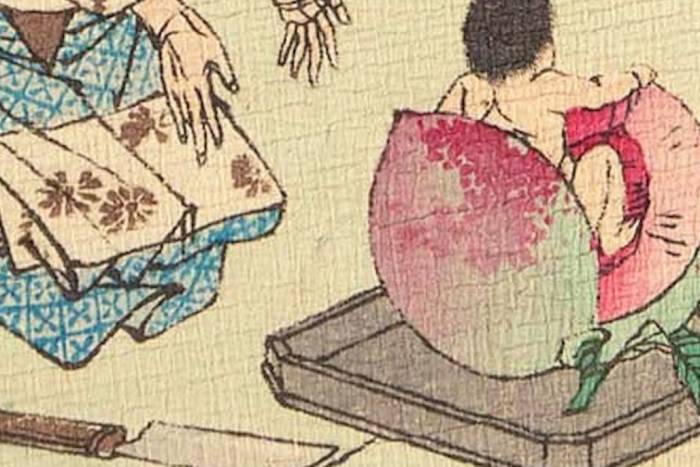The Tibetan Book of Proportions
This manuscript contains a precise guide that explains how the Buddha Siddhārtha Gautama and the Bodhisattvas that accompany him must be represented.
Siddhārtha Gautama left a body of knowledge that eventually gave life to Buddhism. When this philosophy began to spread, its practitioners paid particular attention to the pictorial representations of the historical Buddha, thus creating iconometric guides and manuals describing exactly how he had to be represented.
A recently recovered book from the 18th century describes precisely how Buddha, the protectors and the Bodhisattvas, must be portrayed: The Tibetan Book of Proportions is a sort of golden testimony around one of the most inspiring representations in human history.
Written in Newari script with Tibetan numerals, the book was apparently produced in Nepal for use in Tibet. The concept of the “ideal image” of the Buddha emerged between the 4th and the 6th century, and as well as the proportions, other aspects of the depiction (such as number of teeth, the direction of the hair and the exact placement of the fingers) are taken into consideration. His representations must obey 32 greater Laksanas and 80 minor ones, and must also include certain traits such as wavy hair, long fingers, a lion’s torso and “sapphire blue eyes”.
The tankas, which are the tapestries or Buddhist paintings that follow these specifications of proportions, are not just valuable in terms of their iconography, but also seen as multi-dimensional and multi-sensorial devices designed to assist the evolution of consciousness. Creating a good tanka requires a great deal of knowledge and skill: each one is a window towards the complete system of the philosophy imbued in Tibetan Buddhism.
In addition to virtually guaranteeing a correct representation of the fundamental figures of Buddhism, the book also proves the importance of certain variables within this tradition, for example numerical precision, graphic organization of symbols, chromatic relationships and, in sum, it channels aesthetics for the benefit of spiritual development.
Related Articles
Pictorial spiritism (a woman's drawings guided by a spirit)
There are numerous examples in the history of self-taught artists which suggest an interrogation of that which we take for granted within the universe of art. Such was the case with figures like
Astounding fairytale illustrations from Japan
Fairy tales tribal stories— are more than childish tales. Such fictions, the characters of which inhabit our earliest memories, aren’t just literary works with an aesthetic and pleasant purpose. They
A cinematic poem and an ode to water: its rhythms, shapes and textures
Here lies One Whose Name was writ in Water. - John Keats Without water the equation of life, at least life as we know it, would be impossible. A growing hypothesis holds that water, including the
Watch beauty unfold through science in this "ode to a flower" (video)
The study of the microscopic is one of the richest, most aesthetic methods of understanding the world. Lucky is the scientist who, upon seeing something beautiful, is able to see all of the tiny
To invent those we love or to see them as they are? Love in two of the movies' favorite scenes
So much has been said already, of “love” that it’s difficult to add anything, much less something new. It’s possible, though, perhaps because even if you try to pass through the sieve of all our
This app allows you to find and preserve ancient typographies
Most people, even those who are far removed from the world of design, are familiar with some type of typography and its ability to transform any text, help out dyslexics or stretch an eight page paper
The secrets of the mind-body connection
For decades medical research has recognized the existence of the placebo effect — in which the assumption that a medication will help produces actual physical improvements. In addition to this, a
The sea as infinite laboratory
Much of our thinking on the shape of the world and the universe derives from the way scientists and artists have approached these topics over time. Our fascination with the mysteries of the
Sharing and collaborating - natural movements of the creative being
We might sometimes think that artistic or creative activity is, in essence, individualistic. The Genesis of Judeo-Christian tradition portrays a God whose decision to create the world is as vehement
John Malkovich becomes David Lynch (and other characters)
John Malkovich and David Lynch are, respectively, the actor and film director who’ve implicitly or explicitly addressed the issues of identity and its porous barriers through numerous projects. Now










